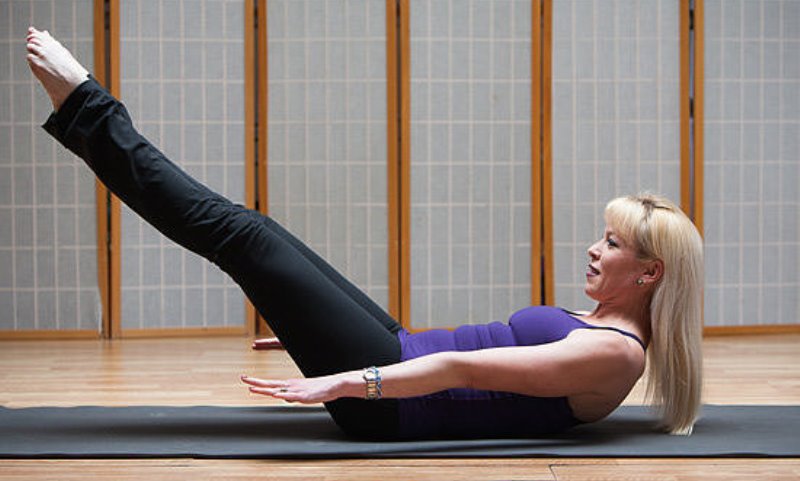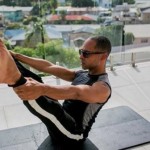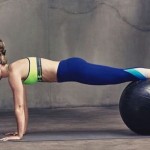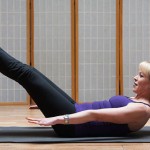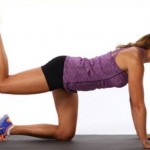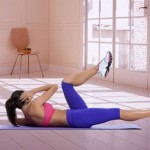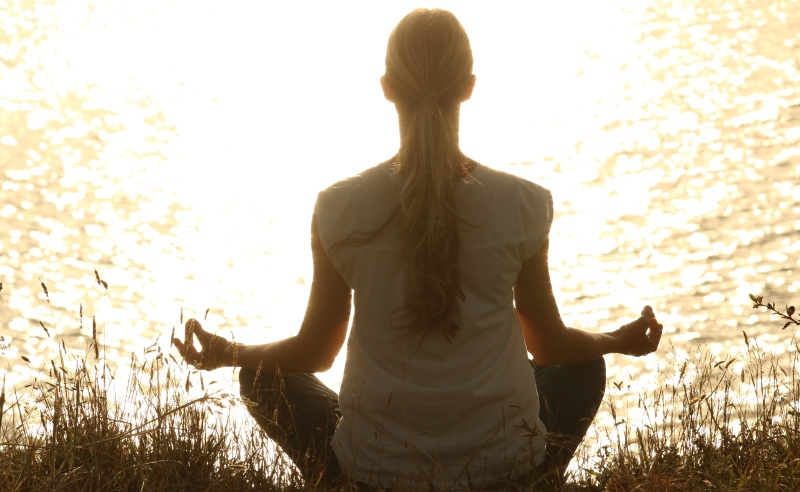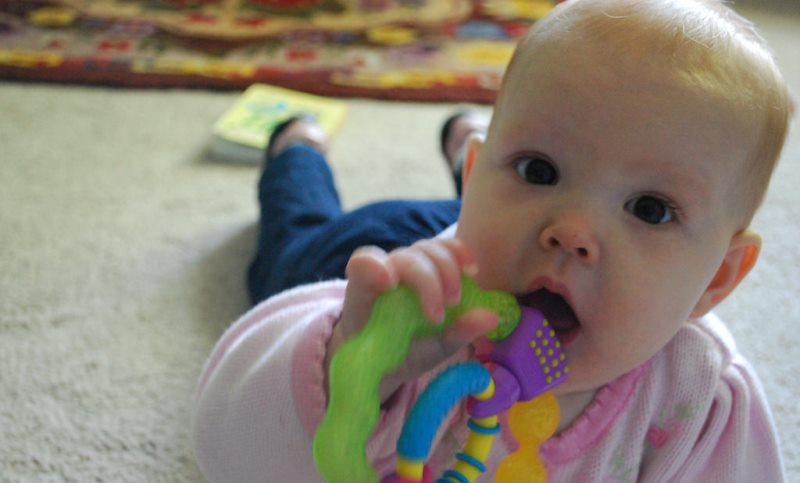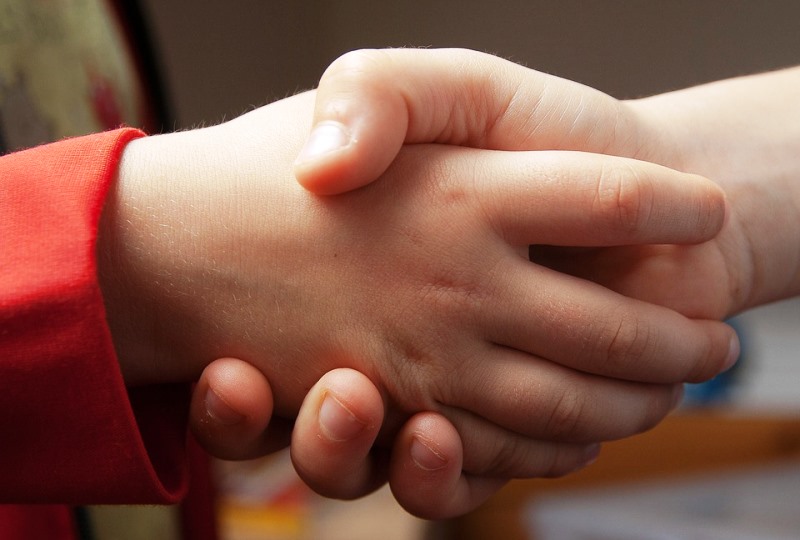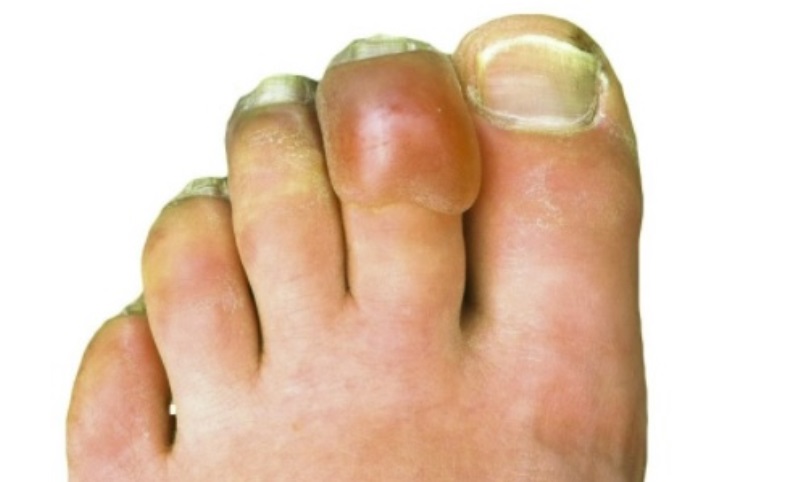Pilates. I’m sure that this is not the first time you must have come across this term. Still, a lot of people are confused about Pilates workout and don’t really know from where they should start. Don’t worry – we are here to assist you with every basic thing you need to know about Pilates. After all, it is an extremely healthy and satisfying form of workout that can help your body in more ways that you can imagine. Read on and get to know every essential thing about Pilates exercises.
Suggested read: This New Year, You Will Be Obsessed With These New Workouts
What is Pilates?
Before you join a Pilates place, it is important to cover the basics. Ideally, Pilates is an entire physical system that includes a wide range of exercises. Consider Pilates as an advanced form of calisthenics that works on the overall development of our core and strengthens our muscles. Though, unlike calisthenics, Pilates follows a regulated system, which is also known as “Contrology”.
The entire fitness routine was first introduced by Joseph Pilates, and hence it was named after him. It was developed in the early 20s and in a matter of a few years, become an international phenomenon. Today, millions of people practice Pilates with several studios and training places opening the world over. The best thing about Pilates is that you can learn it on your own as well or join a training place to get dedicated assistance.
What are the benefits of Pilates?
Since Pilates is a lightweight fitness routine, almost anyone can practice it without going to the gym. You don’t even need any workout equipment or support to start practicing Pilates. It is all about the controlled and precise movement of our body. In most of the Pilates exercises, we take the assistance of our body weight. By regulating our breath, we focus on various muscles and further strengthen them.
While Pilates can be considered as a full body exercise, it is extremely beneficial for lower back and core. The regular Pilates workout would strengthen the foundation of your body and improve its flexibility. You would end up having a better posture and a stronger back (with less or no pain). This is why Pilates is essentially recommended for people suffering from back pain.
Different types of Pilates
Pilates is all about the controlled movement of our body. Mostly, the exercises can be classified in two ways – mat or reformer. There are readily available Pilates mats that you can buy for a mat class. They are similar to yoga mats, but thicker to provide support to our back. If you will take a professional Pilates class, then chances are that you would work on a reformer. It is a sliding platform with a proper setup (foot bars, springs, pulley, etc.) to work on different exercises.
Both of these routines have their own advantages. If you are practicing Pilates at home, then you can consider mat exercises. If you have a gym membership or visit a Pilates center, then you can consider reformer routines as well. These exercises will provide support to your muscles rather than tearing them (unlike weight lifting exercises).
It doesn’t matter which routine you prefer, make sure that you have proper training beforehand. Once you are familiar with your routine, you can consider doing it on a mat or using a reformer. A reformer will let you slide through the surface and provide resistance as well, which makes it a recommended choice.
It is not restricted to a specific body part
You might have noticed that the Pilates body is quite different than the usual gym-toned bodies. This is because unlike the usual routines, Pilates work on the entire body. You don’t need to dedicate one day to your legs or the other to your chest. A complete Pilates routine will work on your entire body by strengthening your muscles. This would include your core, abdomen, thighs, back, and the entire trunk area as well. In this way, you can work on your body as a whole.
The first few days would be tiring
If you are new to Pilates, then it might be a bit overwhelming to begin with. In the first few days of even a beginner’s routine, you would feel more strain on your muscles. The initial week would be quite consuming and you might feel tired. Chances are that even your muscles would sore the next day. Just give your body some time to adjust to your new rigorous workout practice. While getting some soreness is okay, you should talk to your instructor if you face any serious issue.
Get ready for your workout
To start with, make sure that you have the right clothes for Pilates. Get rid of those loose gym clothes and get yourself some formfitting (body-hugging) clothes. This will make sure that your clothes won’t get between your postures or would be caught in the spring. In addition to that, avoid wearing loose shorts as you would be moving your legs upward a lot. Consider wearing pants, leggings, joggers, etc.
Some Pilates studios prefer their clients to be barefoot while some recommend wearing compression socks. If you are wearing socks, then make sure that they won’t slip over the mat. Ideally, going barefoot is mostly recommended. Also, different Pilates studios have different lingos. You might consider asking the regulars or take some time to get familiar with it.
Suggested read: 10 Immensely Challenging Workouts To Push You Out Of Your Comfort Zone
Pilates is more than just calisthenics
As stated earlier, Pilates is a far more advanced technique than calisthenics. While both the practices rely on our body weight, Pilates follows a more controlled approach. Also, Pilates can even include some pieces of fitness equipment as well. You might encounter them in more advanced sessions. Apart from a reformer, a Wunda is a popular fitness tool. It is a low seated chair with springs and a padded back.
Another piece of equipment that you might encounter is a Cadillac. It looks like a padded bed in a canopy shaped frame. A magic circle is a simple tool that we use between our legs to create more resistance. Besides that, spine corrector is used to align our spine in the right shape.
How long does a routine last?
Ideally, the overall duration of a routine would vary on your requirements and daily schedule. It is recommended to have a routine of at least 30 to 45 minutes a day if you wish to get positive results in due time. You can consider adding a handful of exercises to your routine to start with. Just make sure that you stick with your routine over a course of time to get positive results. You can also consider adding other styles of workouts as a part of your overall fitness regimen.
Common Beginners Pilates Exercises
Here are some of the popular and professionally recommended Pilates exercises that are recommended for beginners.
- The Curl
This is the most basic Pilates workout that is recommended for beginners. Simply lay your body on a mat with face up. Keep your arms at each side and gradually bend your legs. Exhale deeply and lift your chin towards your chest. Hold the position for a while and gradually move your neck backward again.
- Roll-up
This is a slight modification to the first exercise. Firstly, lie down on the mat with your face up and stretch your hands towards the roof. Exhale and move your chin towards your chest. Take the assistance of your shoulders and hands to extend. Attain a semi-sitting position and hold. Now, go back and roll down gradually.
- The Hundred
If you want to strengthen your thigh and calf muscles, then you should perform this exercise. Lie down at first and bring your knees towards your body. Stretch your hands and keep your palms towards the floor. Gradually, lift your neck and head towards the roof. Additionally, lift your legs at a 45-degree angle while keeping your heels together (toes stretched). Pump your arms and breathe a few times.
- Rolling like a ball
Yes, you really need to roll like a ball in this one. Sit on a mat and lock your knees with your chest using your arms. Rock your body back till your tailbone would be on the mat. Inhale and move to the original position again while using your abs to move steadily. Exhale in the end.
- Crisscross
Chances are that you must have already performed or seen it before. Lie down on a mat with your elbows behind your head. Now, lift your head and start moving on opposite sides. When you move the right elbow, bring your left knee towards your chest (and vice-versa). Do the same on the opposite side as well to form a crisscross.
Suggested read: “The Least I Can Do For My Body Is Not Be Ashamed Of It”: #NLTTalks With Dolly Singh
Now when you know about some simple Pilates exercises, you can easily work on your fitness regimen. You can practice all these exercises on a mat at your home. Though, if you want to get dedicated assistance, then consider visiting a Pilates studio and practice them on a reformer. This will help you get better results and you would be able to progress to a more advanced level as well. Go ahead and attain a perfect fitness routine with these Pilates sessions.
Featured image source: Instagram
